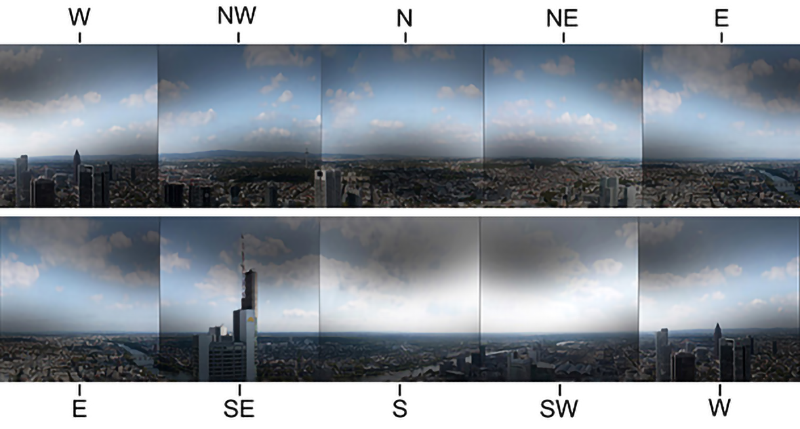Imagine if you had a superpower like sensing Earth's magnetic field! Many creatures, like salmon, sea turtles, lobsters, honeybees, and even fruitflies, actually have this ability. They use it to navigate and find their way around. One fascinating example is migratory birds, such as European robins and silvereyes, who rely on Earth's magnetic field to guide them during their long journeys.

The bird's magnetic compass is like a secret superpower hidden in their eyes. It's not just any light that activates it; they need blue light to sense the magnetic field. This compass can detect changes in the inclination of magnetic field lines. Still, it's not bothered by the polarity of the field lines. Birds are also picky about the strength of the magnetic field, but they can adapt to higher or lower strengths over time.
On the technical side, our team has delved into the mathematical intricacies of understanding the bird's remarkable magnetic sense. We aim to decipher the impact of the magnetic field on what birds perceive through their retinas. Our studies have investigated various factors influencing the efficacy of the "bird compass." We've specifically studied the role of cryptochrome, which could impact the clarity of a bird's magnetic vision. Additionally, we've explored how the patterns seen by birds during day and night flights might affect the utilization of their magnetic compass. Our research has allowed us to step into the captivating realm of a bird's advanced navigation system, unraveling the secrets behind its high-tech capabilities!
